Iceland is once again open to tourists from the USA and Canada, and, if you’re vaccinated or have had COVID-19, you won’t have to quarantine beyond the COVID test you get when arriving!
Well-known and well-traveled for its wide variety of landscapes and waterfalls, Iceland is truly a natural wonderland.
I’ve been lucky enough to visit Iceland three separate times, and I thought I’d do you a favor and put together a sample itinerary to give you some ideas for your trip! I’m leaving out soooooo much in this itinerary but I think it’s a good introduction to this incredible country.
Day One: Drive as far east as you can
So here’s the basic deal about Iceland: most trips (with the exception of the Golden Circle, which is, you guessed it, a circle) are out-and-backs. The main highway, Highway 1, is called the Ring Road because it goes around the entire island, but it takes longer than 4-5 days to drive. You’ll be landing in Keflavik, on the Reykjanes peninsula in the southwest part of the country. Pick up your rental car there and head towards Reykjavik.
The famous Blue Lagoon is between Keflavik Airport and Reykjavik if you fancy a visit. I personally have never been but I know many who have and they enjoyed it.
The plan for Day One…it’s a drive to the southeast part of Iceland. It will be a long drive but you will see some incredible scenery along the way.
Let’s take a look at a Google Map.
Ok ok ok I know it says it’s a six-hour drive. That’s a long drive if you’re jet-lagged. But don’t worry, we’re going to stop along the way.
You’ll drive into Reykjavik on your way to the Ring Road. They drive on the right side of the road and traffic laws are similar to the United States (there’s no concept of Right on Red) It’s an easy drive, but get ready for the speed limit. It’s 90km/h, roughly 55mph. Do not speed. There are cameras. The fines are spensive.
There are plenty of quick stops in Reykjavik you can make. There’s the Hallgrimskirkja, an amazing Lutheran church built to resemble the basalt columns famous around many of Iceland’s waterfalls.
There are also a few Costco stores if you’re a member and would like to get some snackies for your trip, as food prices in Iceland can be very high.
Don’t tarry long in Reykjavik, we need to hit the road. Head over to Highway 1 and point east, towards the town of Vik.
(note: I won’t judge you if the idea of a six-hour drive sounds brutal after a too-short flight across the Atlantic, feel free to grab a hotel in Reykjavik and enjoy exploring the city!)
As you’re driving, you’ll encounter incredible landscapes and some wonderful photo spots. Stop and take some pictures! After about an hour and a half you’ll see an enormous waterfall just off the highway, the legendary Seljalandsfoss. Keep going, we’ll stop by Seljalandsfoss on our way back! 30 minutes later, you’ll see a mammoth waterfall back a ways from the highway. This would be the mighty Skogafoss. Yep, keep going, we’ll come back.
A quick vocabulary lesson: “foss” loosely means “waterfall” in Icelandic. So the waterfall called Skogafoss is the waterfall from the Skogar River that runs through the town of Skogar. Yep, you guessed it, Seljalandsfoss is the waterfall near the community of Seljaland
Back to the road trip. Stop when you need to stop, get you some caffeine (for some reason I only drink Red Bulls in Iceland during road trips). You may also see a random parking lot on your right filled with cars and people walking out towards the coast. But we’ll get to that later. We’re finally at our first rest stop: the lovely town of Vik.
Vik, Iceland
Vik is a great place to stop for lunch on your way east. The best place to stop for lunch? The Smidjan Brugghus (operating with limited hours right now from Thursday-Sunday but hopefully will open up more broadly soon). It’s a great little microbrewery that cooks a wonderful burger and serves a wonderful beer.
After lunch, you’ll want to stretch your legs and see some of the beauty that Iceland has to offer. Head up the hill towards this little church, called Reyniskirkja. There’s a parking lot at the church, you don’t need to walk.
In the summer you will see fields of lupines around Reyniskirkja, but even in the late fall like the above picture it’s just a beautiful scene.
Oh, and the view from the church isn’t bad either.
There’s more to do around Vik, but let’s keep going east instead. After another hour or so you’ll start seeing some mountains. “Big deal Andy, we’ve already seen a ton of mountains,” you’ll say, alarming everyone else in your car while they wonder who Andy is and what was in that Red Bull can you were drinking. You have seen mountains, but these mountains have glaciers on them.
This means you’re getting close. Your first official destination of The Official Andy’s Travel Blog Intro to Iceland Itinerary.
Jökulsárlón Glacial Lagoon
The Vatnajökull glacier is Europe’s largest glacier. Glaciers are in motion, carving out their path against the mountain as they slowly creep along. Where does all that ice end up? Well, a lot of it ends up in the Jokulsarlon lagoon. The ice breaks off into icebergs that float through the lagoon. The lagoon itself is the deepest body of water in Iceland and you’ll typically see a lot of seals swimming around the lagoon looking for food, dodging icebergs on their quest.
(I just realized these two pictures are of the same iceberg, sorryyyyyyyy)
There are all sort of Zodiac tours through the lagoon that you can book when you’re there. Covid restrictions have shrunk the size of the tours a bit but they’re still running, so that’s good. Enjoy the incredible scenery of icebergs, wildlife, and thousand-year-old icebergs floating idly by.
Once you’re done naturing, get in your car and drive across the highway to the coast, you’ll see cars parked in the makeshift parking lot. Get out of your car and grab your camera because you’ve arrived at Diamond Beach
Diamond Beach
What happens to the icebergs in the Jokulsarlon lagoon? Over time they gradually make their way through the lagoon and out to the ocean. The ocean then rudely slams them back onto the shore of the beach. So if you’ve ever wanted to see iceberg fragments, some the size of hatchbacks, on a beach, this is the spot.
If I know my timing right, you should end up at Jokulsarlon and the Diamond Beach fairly close to sunset (depending on the time of year), so there are so many amazing pictures to take here.
Where to stay for Day One
Jokulsarlon isn’t incredibly close to any large towns. There’s a town about an hour east called Höfn and some smaller villages before then. You’re going to drive past the lagoon a bit but I think it’s worth it. The place I recommend is actually a bit isolated from Höfn, it’s called the Viking Cafe. It’s…well, a cafe, but they’ve built an addition onto the side of it. The accommodations are humble, but the location is perfect, because the cafe sits next to a movie set built for a movie about Vikings which was never filmed, and that’s all well and good, but the Viking Cafe also sits next to the incredible Vestrahorn Mountain.
If you’re in the area during aurora season (October-March), there’s a great chance you can find the aurora with the mountains below!
Whether you sleep in Höfn or the Viking Cafe, get some rest, and it’s ok if you’re exhausted. This was a long day.
Day Two: Let’s do some hiking
If you’re coming from the USA, you’ll probably be up early from jetlag. If you are and fancy a great place for sunrise, head out to Vestrahorn! This is much easier if you’re staying at the Viking Cafe, since the road out to Vestrahorn is on private property (it’s about $9 to enter). Photographically the mountains look relatively isolated against the foreground of a black sand beach, just a beautiful sight to see early in the morning. You’ll see a photographer here and there taking some pictures but there’s a lot of great views to take in, especially in colder weather when the water freezes on the coastline.
Day Two can really begin wherever you’d like it. If you’re at Vestrahorn, go get you some Vestrahorn. If you stayed in Höfn, grab some breakfast and some coffee and put on your favorite hiking garments.
If you haven’t figured it out by now, we’re on an out-and-back trip from Reykjavik. I know it seems weird that we’re already “heading back” at the beginning of the second day but I promise there is so much to see along the southern coast that it’ll be fine.
Get back to Highway 1 and head west.
Optional: Revisit Jokulsarlon
Depending on when you go there (and how Covid-y things are), morning can be the best time to visit Jokulsarlon and the Diamond Beach again, away from the crowds. Spend as long as you’d like here (if you’re a photographer and want to get some Streaky Water Iceberg Shots on the beach, remember your ND filters). When you’re done, head west to Skaftafell National Park and get ready for four beautiful waterfalls.
Optional: Hike to Mulagljufur
This is a wonderful hike that feels a bit more rustic than other well-marked tracks along the south coast. I posted a blog post about how to find the trail, which isn’t far from Jokulsarlon.
My guide to Mulgljufur is here.
Svartifoss
Svartifoss is a beautiful and “skinny” waterfall that has an enormous chamber of basalt columns around it. I’m continually fascinated that nature would align basalt into columns like this and, maybe apart from Aldeyjarfoss in the north, there’s no better place to see it than Svartifoss.
An Editor’s Note about calling this a “Hike”: I’m basing the classification of the hike up to Svartifoss as a “hike” because I live a relatively sedentary life and have a desk job. Aside from my Pelaton, I don’t really get into cardio on a regular basis. This is not a difficult hike.
When you enter Skaftafell, park in one of the clearly marked lots and go pay for parking at the little stanchion. Then head towards the very clearly marked trail. The trail goes uphill pretty quickly, so be ready for that (my calves felt it for a few days). All in all, though, it’s 1.5 kilometers and should take you 45 minutes or so. It’s not hard. Along the way, you’ll see three other waterfalls, but there will be no question when you’ve made it to Svartifoss. Enjoy the power of the waterfall as it strikes the rocks below, slowly carving out a canyon over the next ten thousand or so years. Odds are there will be plenty of other people waiting to see it, so make sure you have a plan for the pictures you’d like to take when it’s your turn and play nice with everyone.
If you’re a photographer, the rock I took this from will be pretty obvious. It will help if you have waterproof shoes for this one but they’re not absolutely necessary. Just be really careful on the slippery rocks, I nearly fell into the river with my $10,000 Fuji GFX100 in my hand.
When you’re done with Svartifoss, head back down to your vehicle. There are plenty of other things to see and do in Skaftafell, so free-style and stay longer if you wish!
Fjaðrárgljúfur
This canyon is as beautiful as the name is hard to pronounce. It’s just off Highway 1, not far from our last stop.
This is one of the most prominent This Looks Like Another Planet locations we’ll see on our trip.
You can park very close to the canyon and the paths alongside the canyon are easy to follow (you can no longer go into the canyon, unfortunately). The footpath will take you all the way up the sides of the canyon to the countryside beyond. It’s worth a stop to see just how crazy the landscape becomes.
By this point you’re probably a bit hungry. Let’s head back west to a now familiar place: Vik.
Up Next: Reynisfjara
There are two wonderful scenic places to see in and around Vik. We’ve been to the church, the microbrewery, now it’s time for The Nature. Two options to choose from (don’t worry, we’ll go to the other one tomorrow): black sand epic beach with basalt columns or a beautiful cliff overlooking the ocean.
Reynisfjara
Reynisfjara is a beautiful black sand beach that runs along the coast. It’s super close to Vik and has convenient parking right next to it.
There are other black sand beaches by Vik but Reynisfjara is by far the most well-known. When you get to the parking lot, if you head to the left you’ll see some incredible basalt columns and a really cool cave. If you like, you can pose in front of some of the columns and try to look majestic.
If you go to the right from the parking lot and walk for a ways you’ll end up with a great view of Dyrhólaey, the arch in the cliff. There are some really cool lava stacks close to the arch called Reynisdrangar. I didn’t walk all the way over to the cliff when I visited last time but I’d think it’s absolutely worth the (roughly 2-mile) walk.
Where to stay for Day Two: Vik, Iceland
Grab yourself a bit to eat somewhere in Vik (maybe a return to the Smidgen Brugghus even) and relax for a minute! I’m saying you can get something to eat in Vik, but realistically many of you will have eaten lunch somewhere else and this will be around the end of your Day Two. Vik is a decently-sized town, so grab a bed somewhere in Vik or nearby. You’ve already seen way more than most people see in their entire trip and you’ve only been in Iceland for two days!
Realistic Note: You don’t have to move this fast
Ok, so this itinerary is quite aggressive. There is lots to see in this great country, and you don’t need to see everything on your first trip. If you feel like doing everything I’ve said so far, go for it! If you don’t feel like doing everything, rest!
Day Three: More Waterfalls
Enjoy a well-deserved good night of rest in or around Vik. Tomorrow you don’t need to get up quite as early if you don’t want to. Enjoy some coffee, yawn a bit. Our first destination isn’t far at all. In fact, it’s on top of the arch that you saw last evening.
Dyrhólaey
Going atop the cliff is very easy, but, a small warning, during some summer months, you may have to park away from the cliffside a bit to protect the mating ground of birds who nest in the cliffs. You’re able to walk up to the cliffs but please respect the nesting grounds and keep your distance from the wildlife.
Ok now that I’ve disclaimer’d at everyone: OH MY GOSH THERE ARE PUFFINS ON TOP OF DYRHOLAEY. I’ve never seen them in person but they’re usually there from April-August/September. They’re simply the most amazing and cute birds ever. I cannot wait to see them for myself someday.
From Dyrhólaey you can see down either coast for miles, or you can turn north and see Mýrdalsjökull glacier. There’s also a beautiful (and still active) lighthouse on top as well. Enjoy the views for a while and then get ready to see a plane!
The DC-3 Plane Wreck
A short drive away from Dyrhólaey you’ll see a parking lot to your left. Park there and walk about 2 miles south (the path is easy but not incredibly well-marked, make sure you don’t try to go in bad weather) and you’ll see the wreckage of a crashed airplane. In 1973 a US Navy DC-3 was flying around South Iceland and ran out of fuel. It crash-landed on the beach and, thankfully, everyone survived. The plane is still there today. It’s free to visit and you can actually go into the plane and explore through it. It’s well worth a visit!
Now, finally, get ready for two of Iceland’s most famous waterfalls!
Skogafoss
The incredible Skogafoss waterfall is absurdly close to the DC-3 parking lot. Like 10 minutes away.
You can see the waterfall from the road, it’s that massive. Towering 200 feet (60 meters) above the landscape, it’s incredibly powerful and you can walk right up to it!
As you get close to the falls you’ll get wet so do be careful if you’re bringing nice camera equipment!
Skogafoss will probably be crowded, as it’s super popular, and for good reason! You can climb the steps next to it to get a great view of the water flowing over the falls.
(Shhh…there’s a waterfall called Kvernufoss really close to Skogafoss, go there too)
From the Skogafoss parking lot, head over to the Skogar Museum (detailing the history of the small town of Skogar). Park behind it. Face the fence in front of you and look to the left. You’ll see a tiny little ladder going over the fence. Climb over that ladder and walk along the path that runs alongside the hillside. When you can turn left, turn left. You’ll see Kvernufoss in the distance.
I love Kvernufoss. It’s right next to Skogafoss but is not nearly as crowded as its more popular neighbor. Skogafoss was massively full last time I visited and there were only a handful of people at Kvernufoss. You can even walk behind the falls like Seljalandsfoss!
I cannot recommend you visit Kvernufoss strongly enough!
Seljalandsfoss
Seljalandsfoss is one of the most famous waterfalls in Iceland. It’s incredible, powerful, and boy is it popular. You can easily see the falls from Highway 1 and there are two big parking lots around the falls. You do need to pay for parking, as a warning. Either way it’s a short drive over from Skogafoss.
There are going to be a lot of people at Seljalandsfoss. It’s so nice though, it’s definitely worth a stop. You can walk up to the falls and walk right behind them as well for some really cool views of the countryside. It gets very wet behind the falls, so again be careful with nicer camera gear.
(Shhh…there’s a waterfall called Gljúfrabúi really close to Seljalandsfoss, go there too)
Just like Kvernufoss and Skogafoss, there’s another waterfall by Seljalandsfoss. It’s relatively hidden but super close by. Odds are it will be far less crowded as well.
You don’t even need to park anywhere else. In the picture above, if you walk counter-clockwise around the back of the falls, and go to the right, walk along the path where the hillside meets the plains. You’re looking for a giant crack in the hill.
You’ll have to walk through some water for this one, so have some waterproof shoes or expect your shoes to get wet. Wait your turn (it’s kind of a one-way entry) and walk 10-20 feet and you’ll see it: Gljúfrabúi, the hidden waterfall.
It’s absolutely beautiful. And you can climb up on that rock to the right and get some cool pictures taken. There won’t be as many people here as there are at Seljalandsfoss but it might feel a little more crowded, as a warning, just because the waterfall chamber isn’t quite as large.
Where to stay for Day Three
When you’ve had your fill of Seljalandsfoss and Gljúfrabúi, guess where you’re heading next? Back to Reykjavik!
I recommend going back into Iceland’s capital and making it your home base for the next two nights. I know it isn’t the most local place ever, but I’ve stayed at the Hilton Nordica in the middle of town and have enjoyed it every time, even though it’s more like a typical big hotel here in the states.
While in Reykjavik, like I mentioned at the beginning of this itinerary, there are cool sights to see in this walkable capital. The food scene, and especially the coffee scene, is burgeoning in the aftermath of the pandemic, so find some good restaurants and check them out! If you’re not in the mood for a full restaurant vibe, there are plenty of hot dog stands around the capital (they’re inexpensive and taste great!).
You’ve been seeing so much nature, so many waterfalls, I’m sure the city is a nice change of pace.
Day Four: Golden Circle or Volcano, your choice!
One of the main reasons we’re back in Reykjavik, depending on when you’re reading this post, is that Reykjavik has plenty of COVID testing available for those who need a negative test to re-enter their home country. Andrew at The Points Guy posted a great guide on pandemic travel to Iceland, including how he got his test, here. I posted my experience in Akureyri, on the northern coast, here. Starting your final full day in Iceland with a COVID test will be critical if you’d like to board your flight home! Make sure you tell the staff that you need a printout of your test results as well and ask where to pick up the printout.
The Golden Circle
The Golden Circle is a (you’d never guess this) circular drive from Reykjavik that is easily doable in a day. It hits three great spots:
- Þingvellir (Thingvellir) National Park
- Geysir Geothermal Area
- Gullfoss waterfall
The drive only takes about 3 hours round trip, but it will take you the better part of a day to do, since there are plenty of great stops along the way.
There are many great guides to the Golden Circle out there, one of my favorites (because I’ve never done it myself) is this one from Guide to Iceland.
Optional: The Blue Lagoon
Yep, the Blue Lagoon: Iceland’s super-popular geothermal tourist attraction. It’s actually really close to Keflavik (where the airport is located) but a relatively drive from Reykjavik, about an hour away. Their website has all the great details you’ll need, especially opening hours, which vary from season to season. I’ve known many people who tried to go the morning that they were leaving but the opening hours did not leave them enough time to really enjoy the experience, so I recommend going the day before you leave.
The Blue Lagoon’s website has all the information you need to know. I’ve never personally visited but I imagine I will at some point. From everything I’ve heard, yes it is touristy but it’s still pretty cool. I’ve visited other geothermally-heated pools in Iceland and enjoyed it, the Blue Lagoon is just a more commercialized version of it.
Where to stay for Day Four
I would stay back in Reykjavik, a great ending to a wonderful trip. Go out to a nice restaurant and have a few drinks, and gawk at the price you paid for those drinks.
Day Five: Fly Home!
Today will feature a drive to Keflavik Airport, turning in your rental car, boarding your flight and heading home!
Ok so what did I leave out from this itinerary?
Omg there’s so much to see in Iceland. Next time you visit you could go up the west coast to the Snaefellsness Peninsula to see Kirkjufell and keep going into the Westfjords. You could take the Ring Road around the entire country. You could go to the north coast and places like Akureyri or Siglufjordur. You could really go remote and head into the Highlands during the summer for some camping.
Iceland enthusiasts will no doubt say this is a very touristy look at Iceland, and they’re not wrong. It’s hard to take anything other than a sip from this great country the first time you visit. I always encourage people to travel as if they’ll visit again, and Iceland is no exception. An area I would love to drink deeply of is the Westfjords, I just sampled its greatness in 2018 and could easily spend a week or longer in that region.
Most of all, I really hope this guide comes across as a love letter to this beautiful country. I have many great memories here and look forward to creating more of them in the years ahead. I hope this gives you some ideas of what to do when you visit and, most of all, gets you excited to visit Iceland!
This was my first-ever guide to a country after only 8.5 years of blogging, how did I do? What would you like to see in future guides like this? Tell me in the comments below!


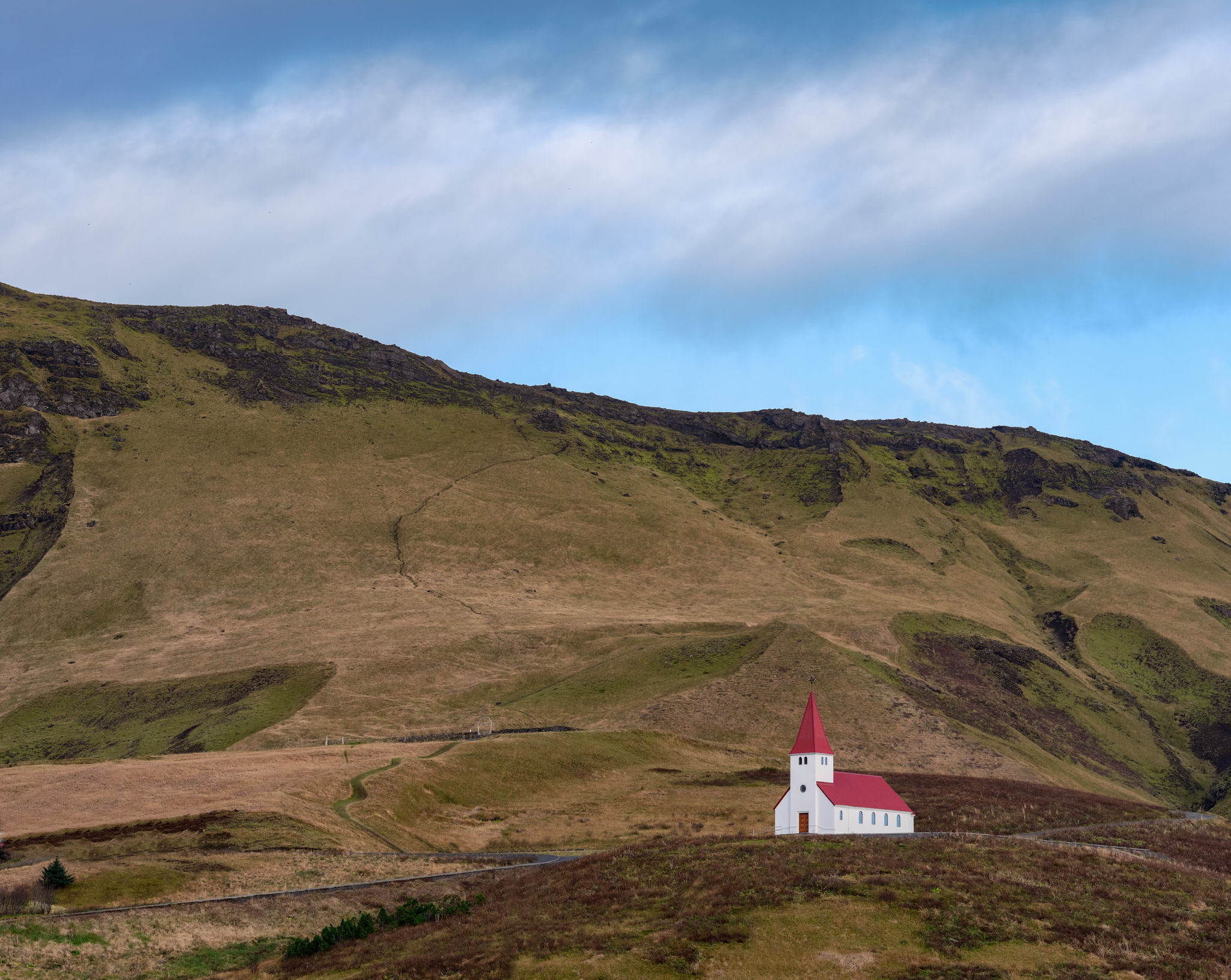
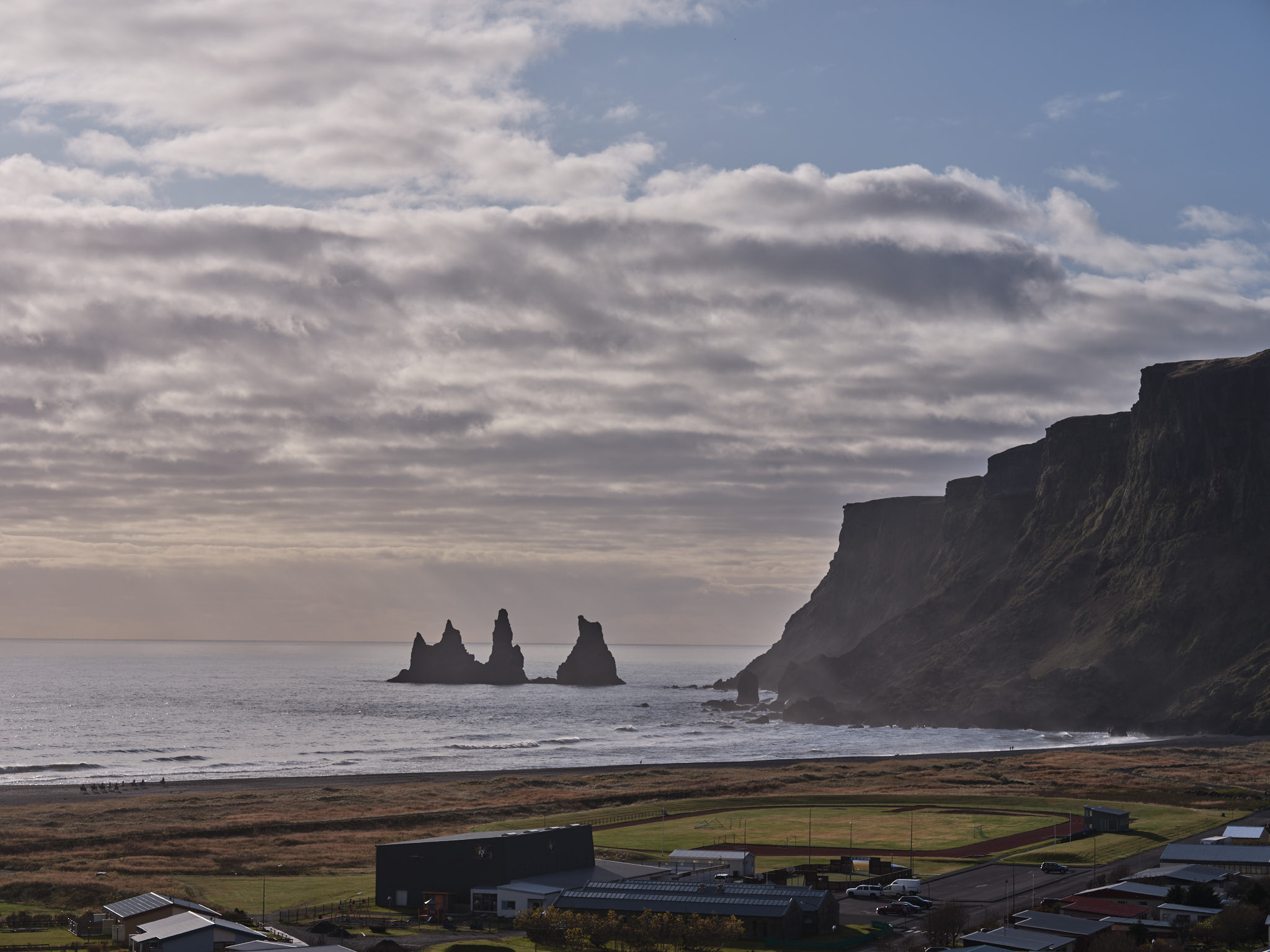
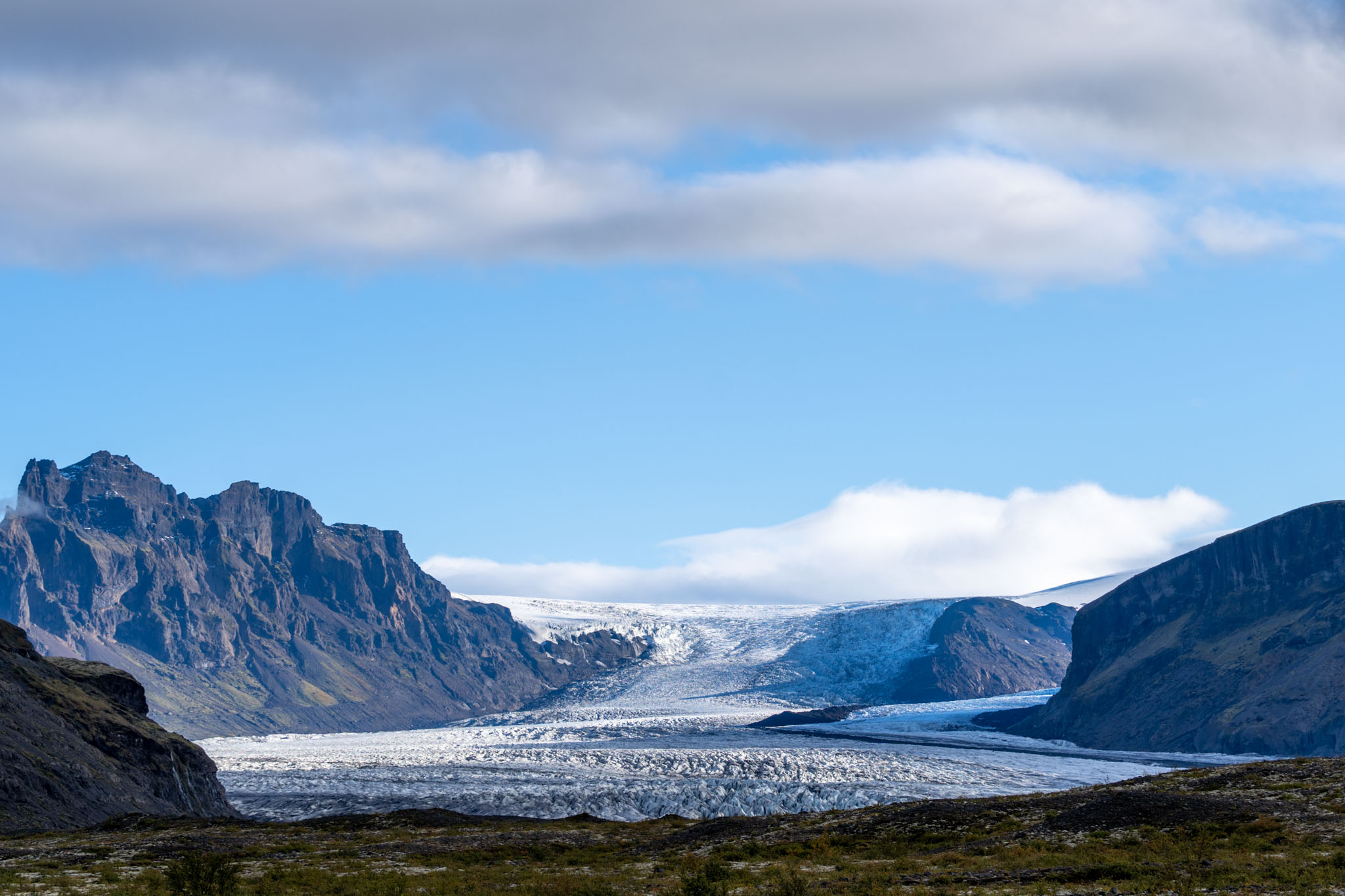
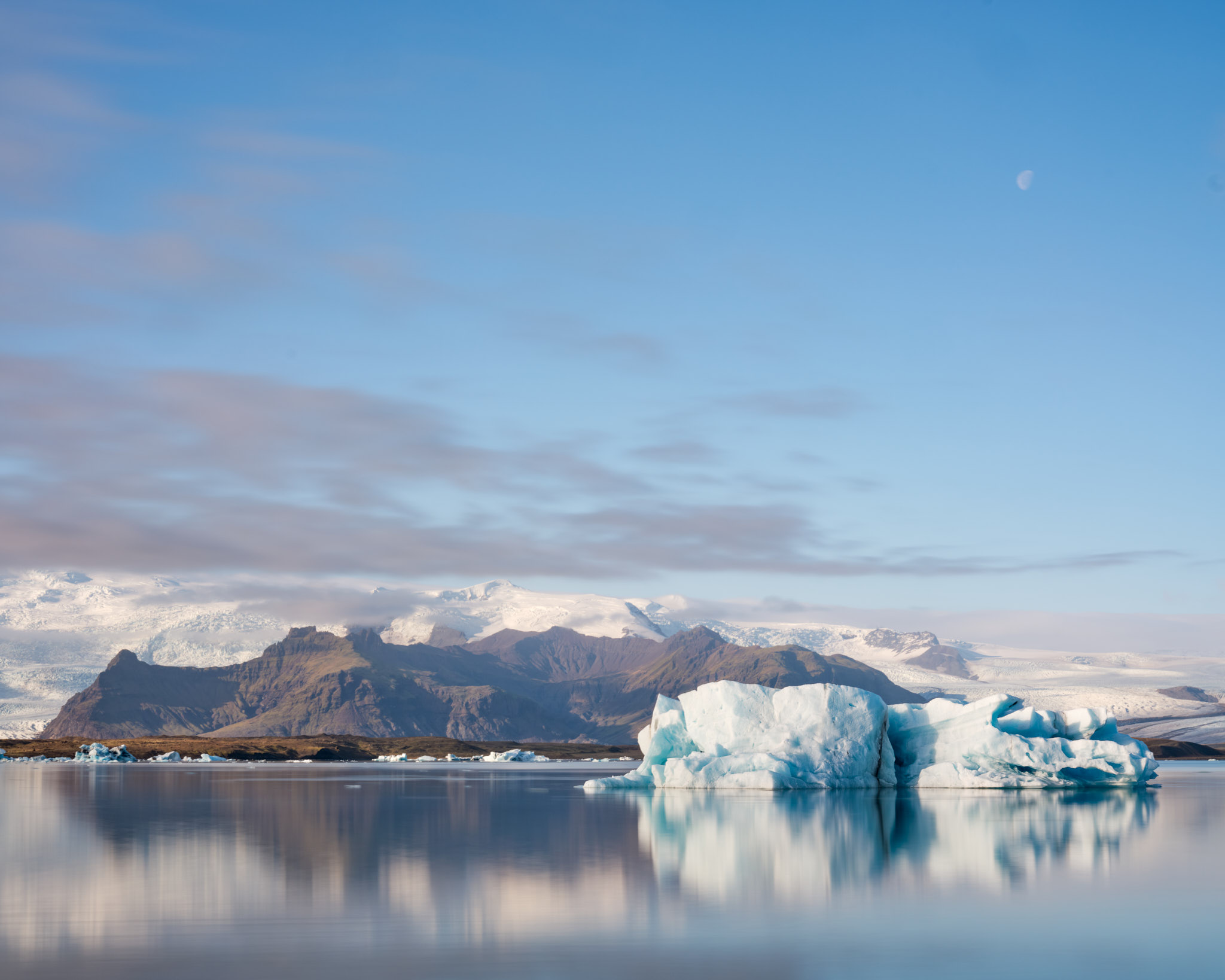
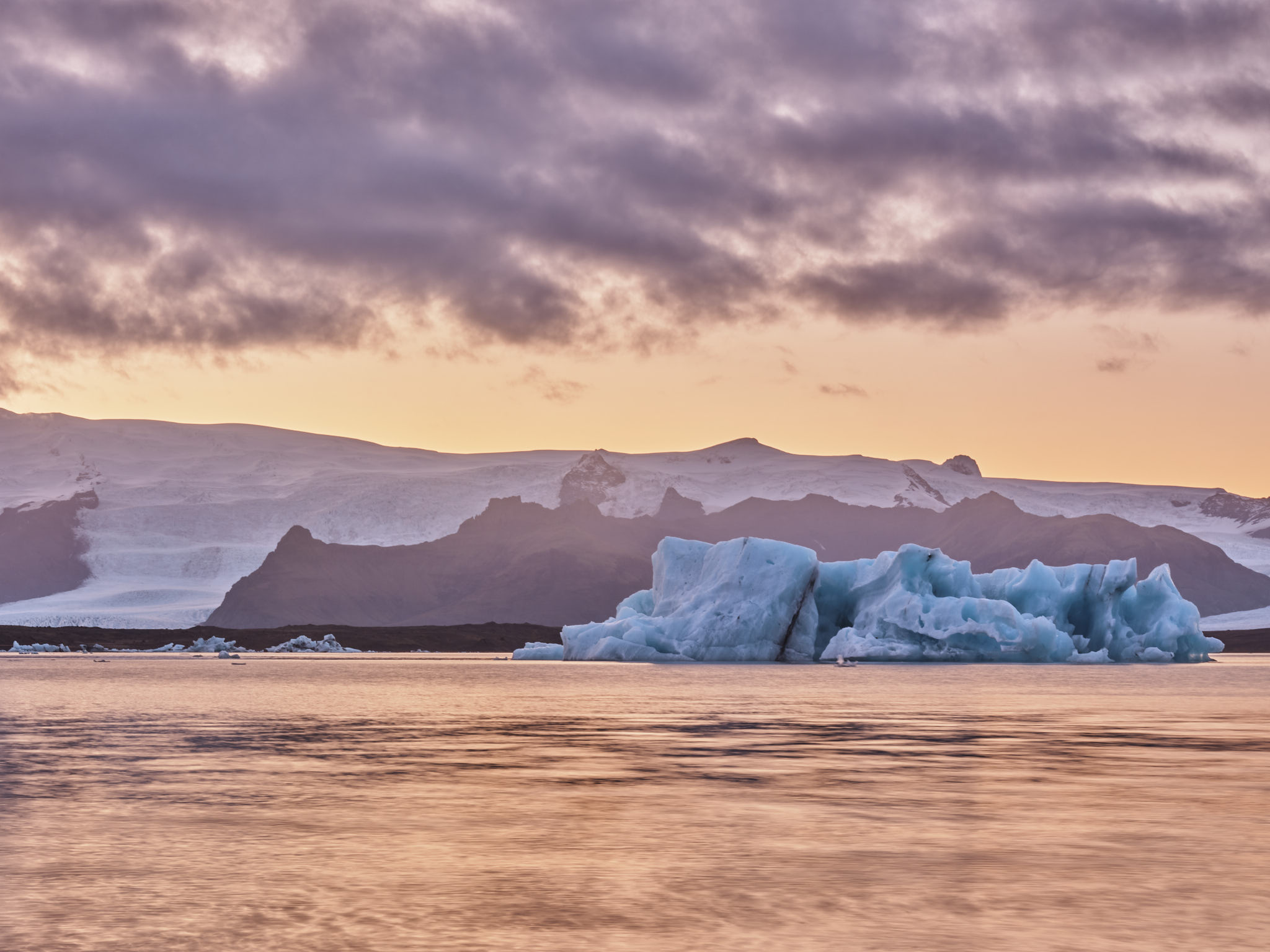



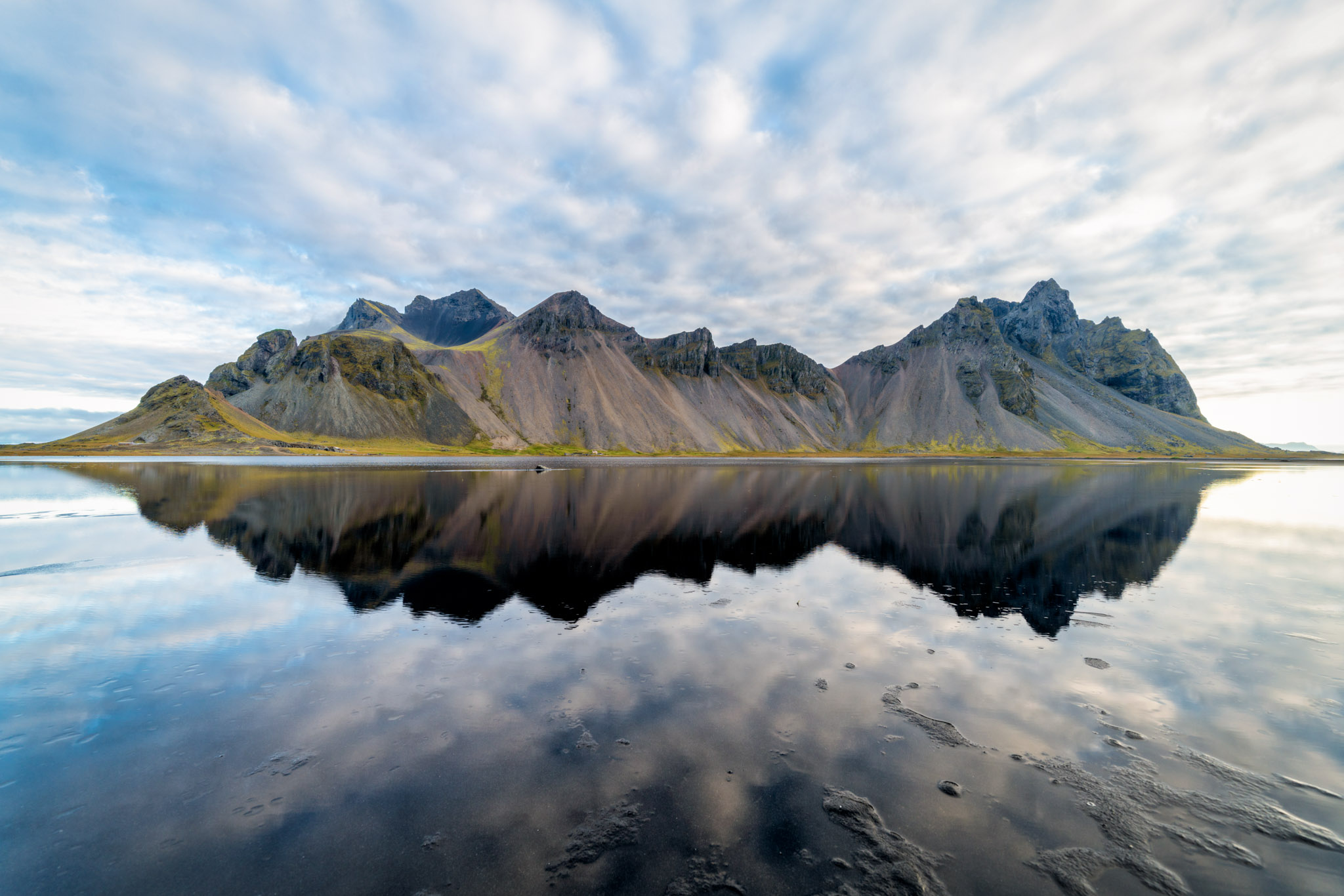
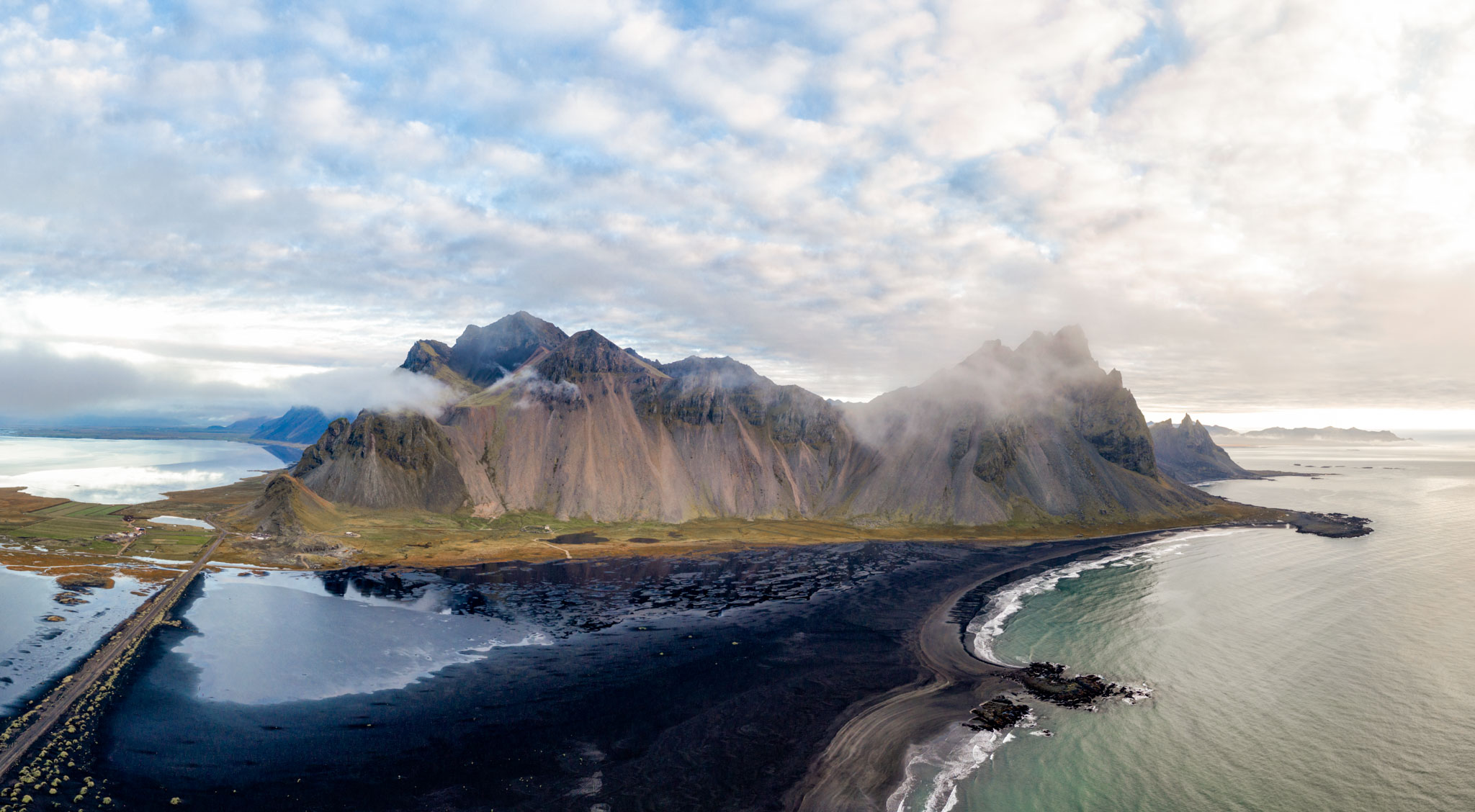
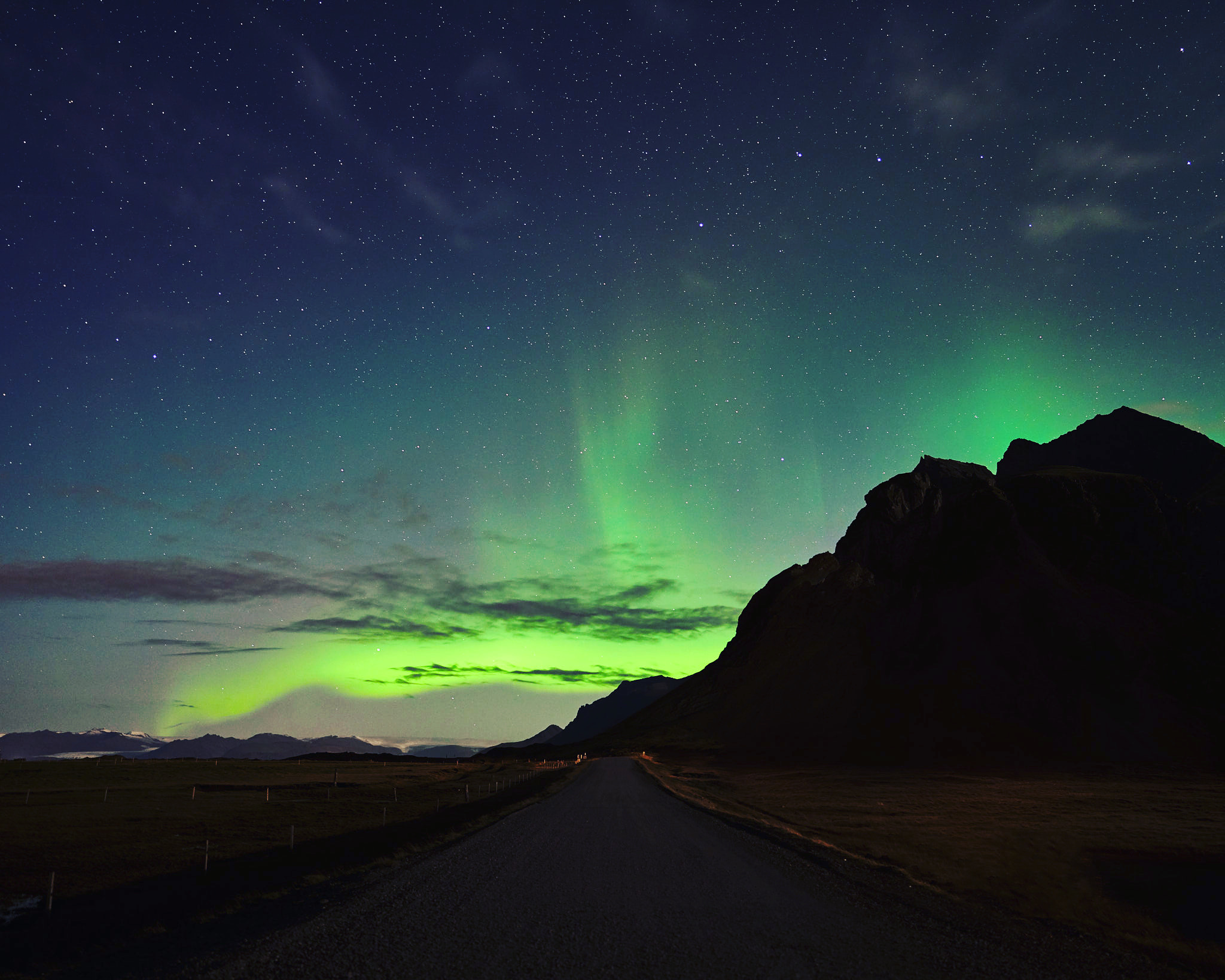
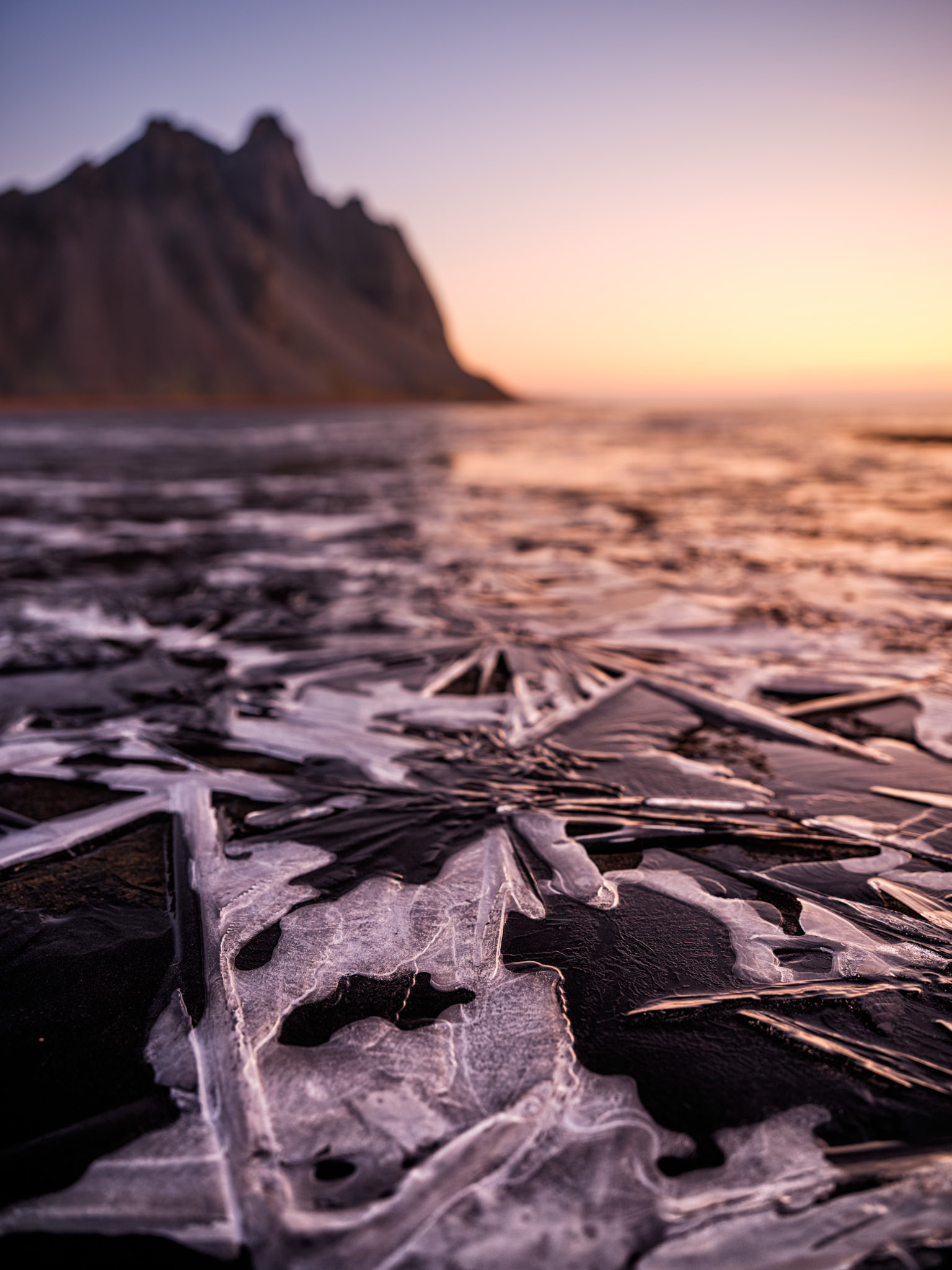

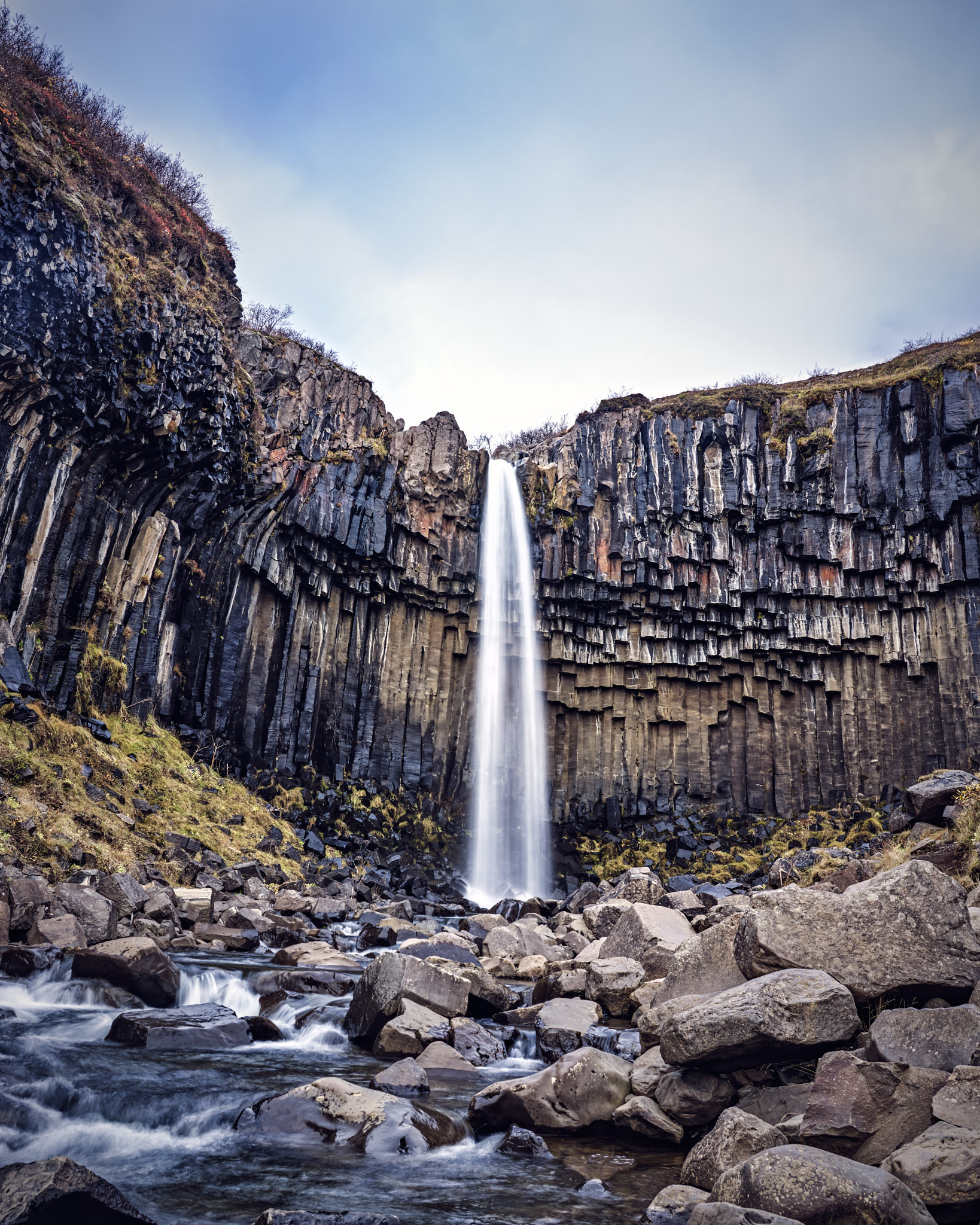
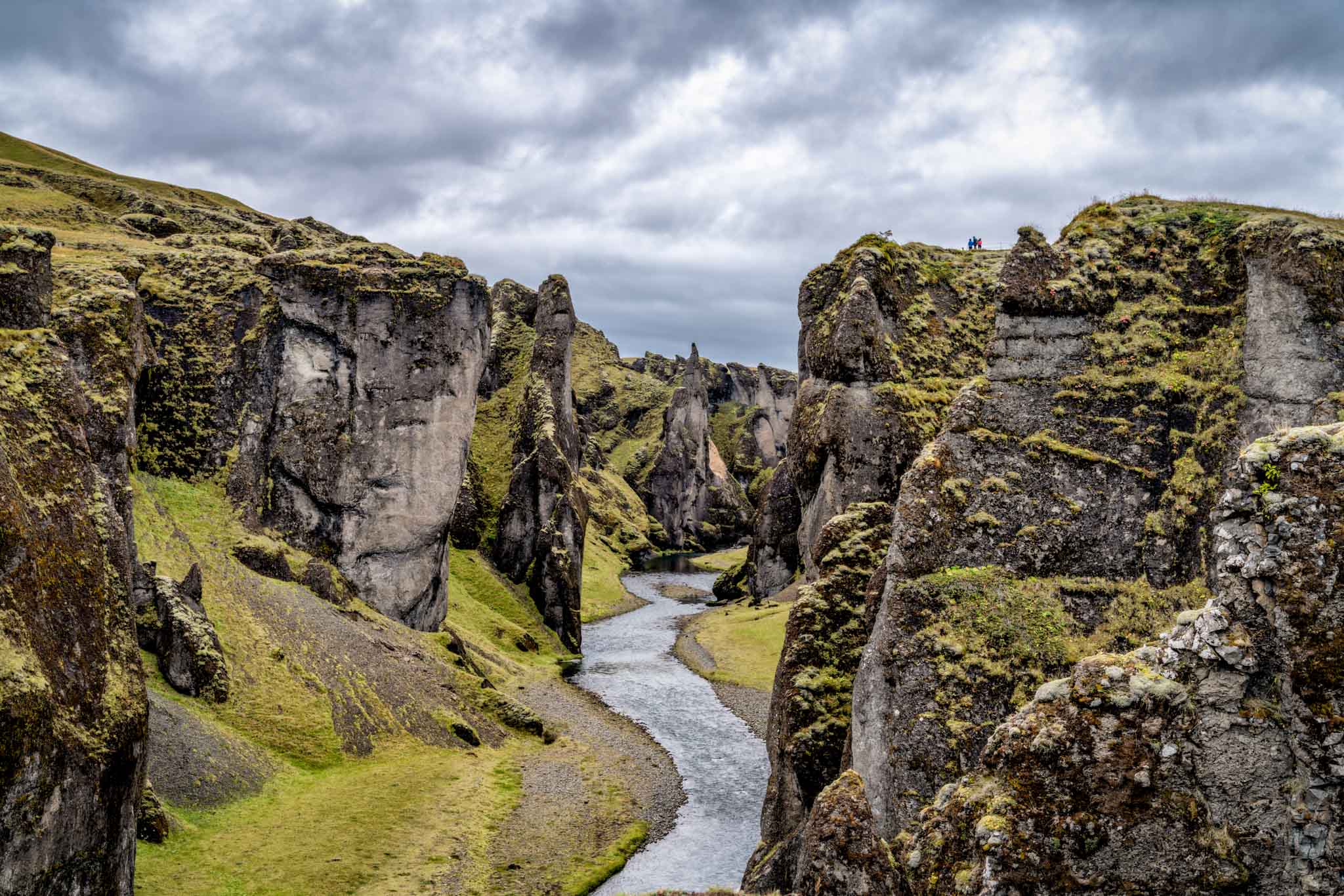
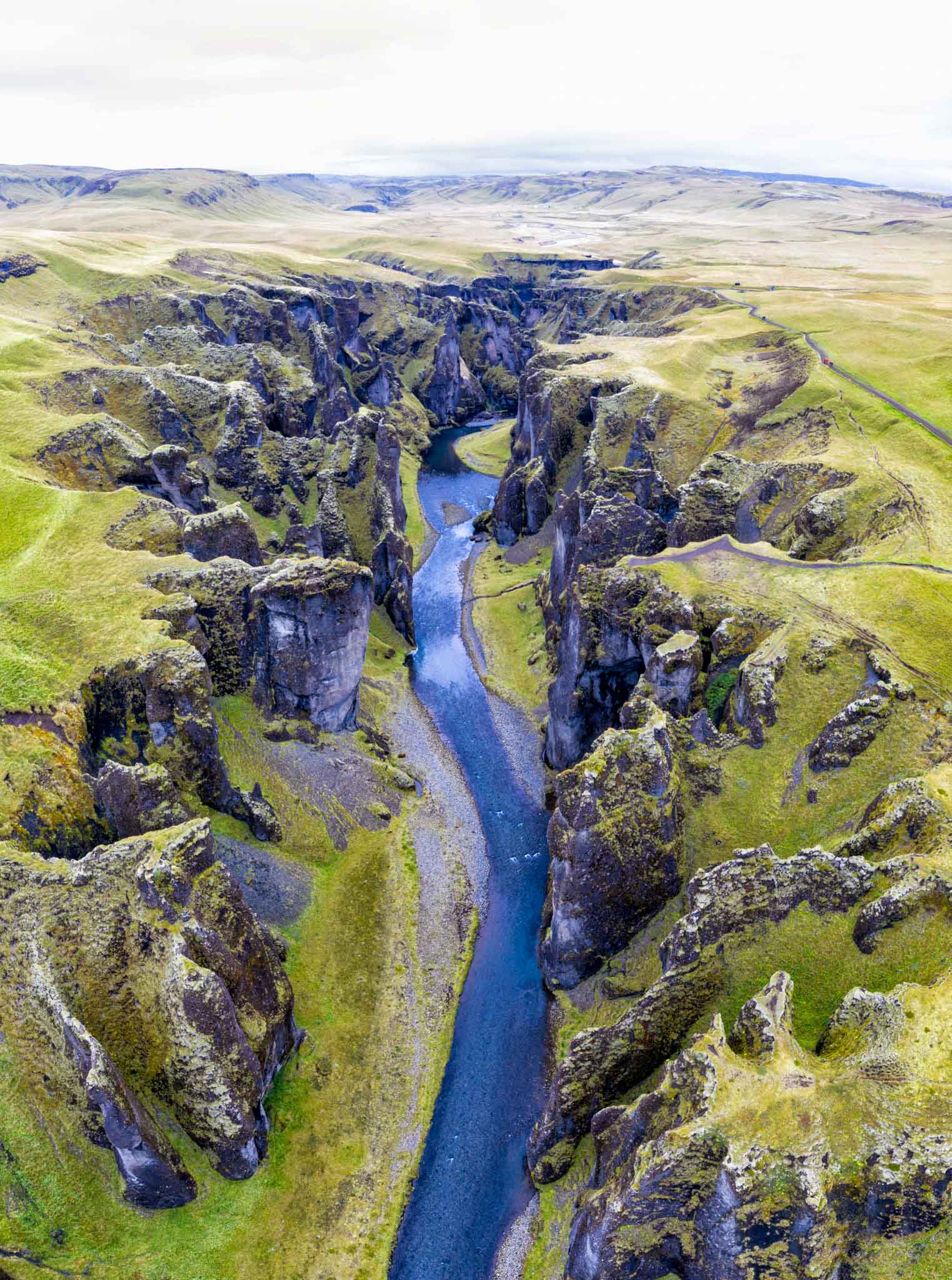

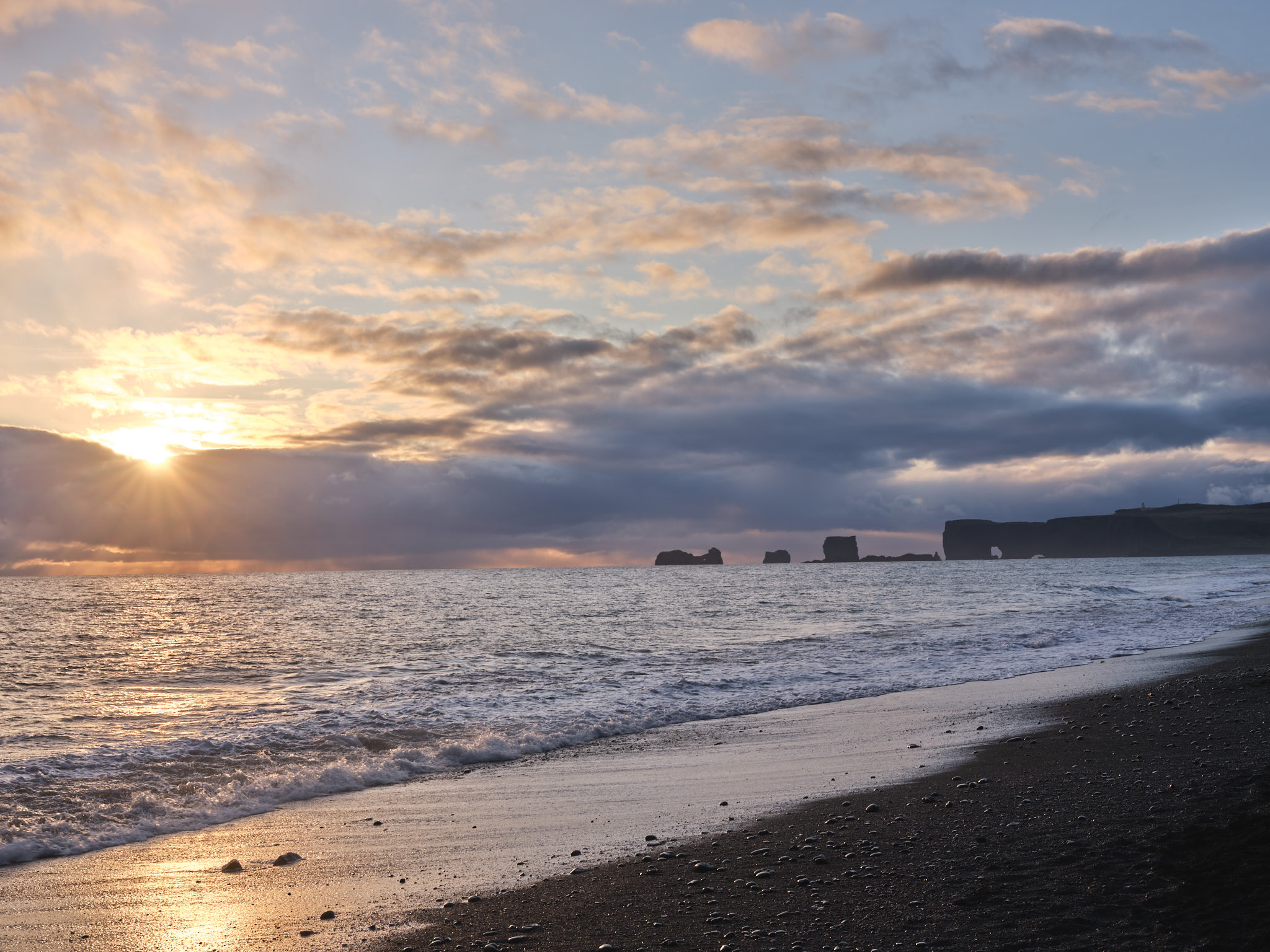


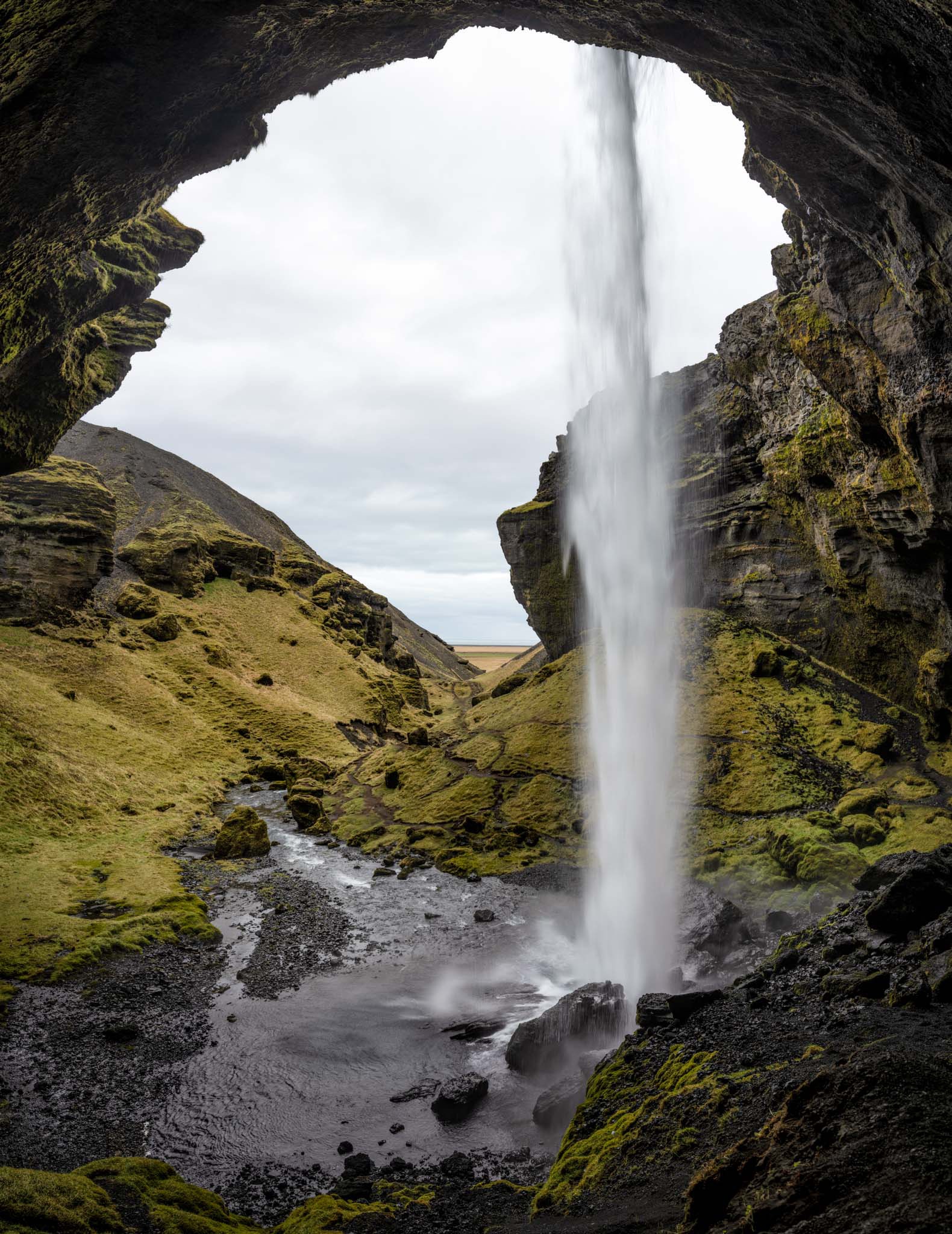
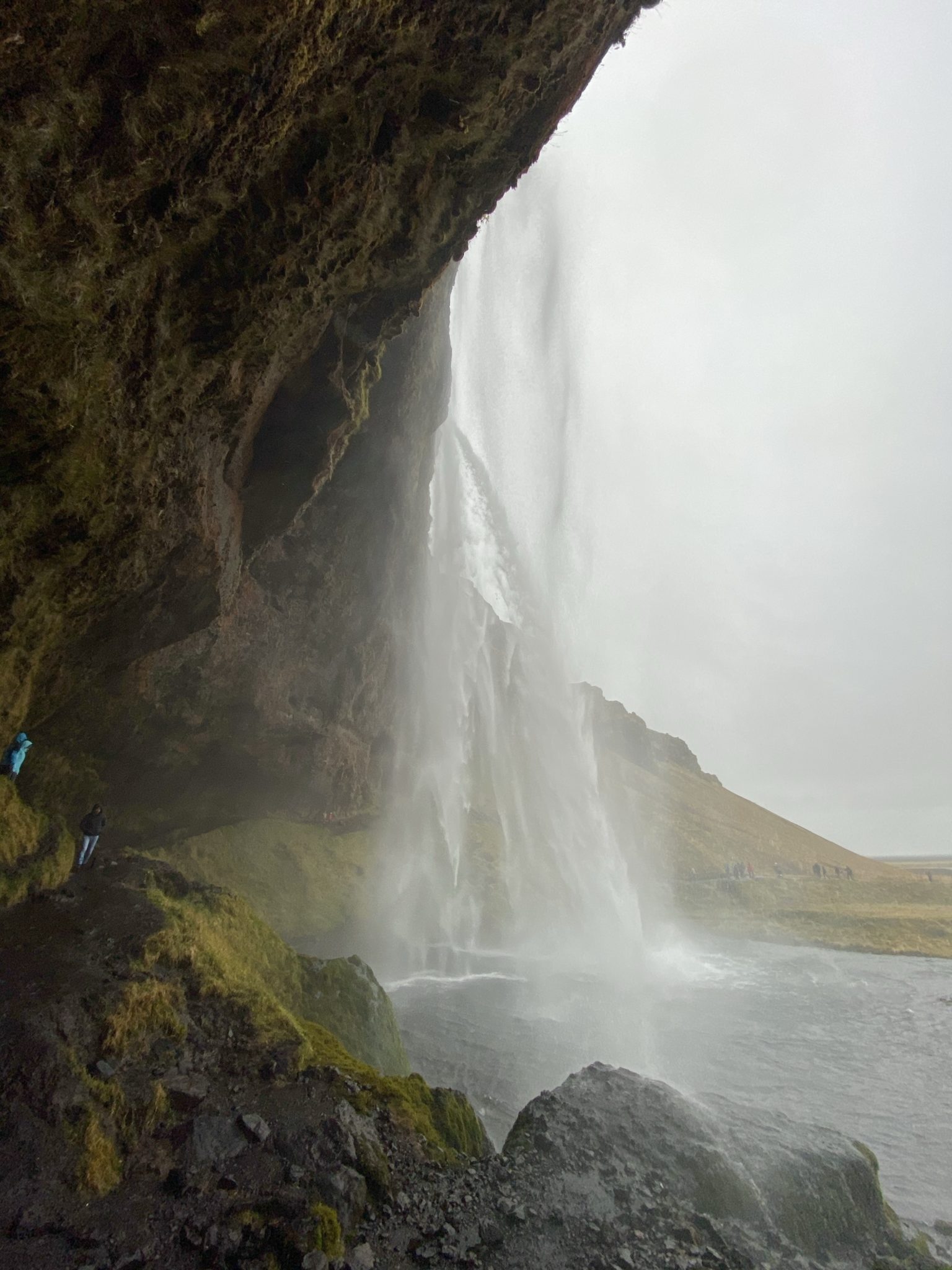
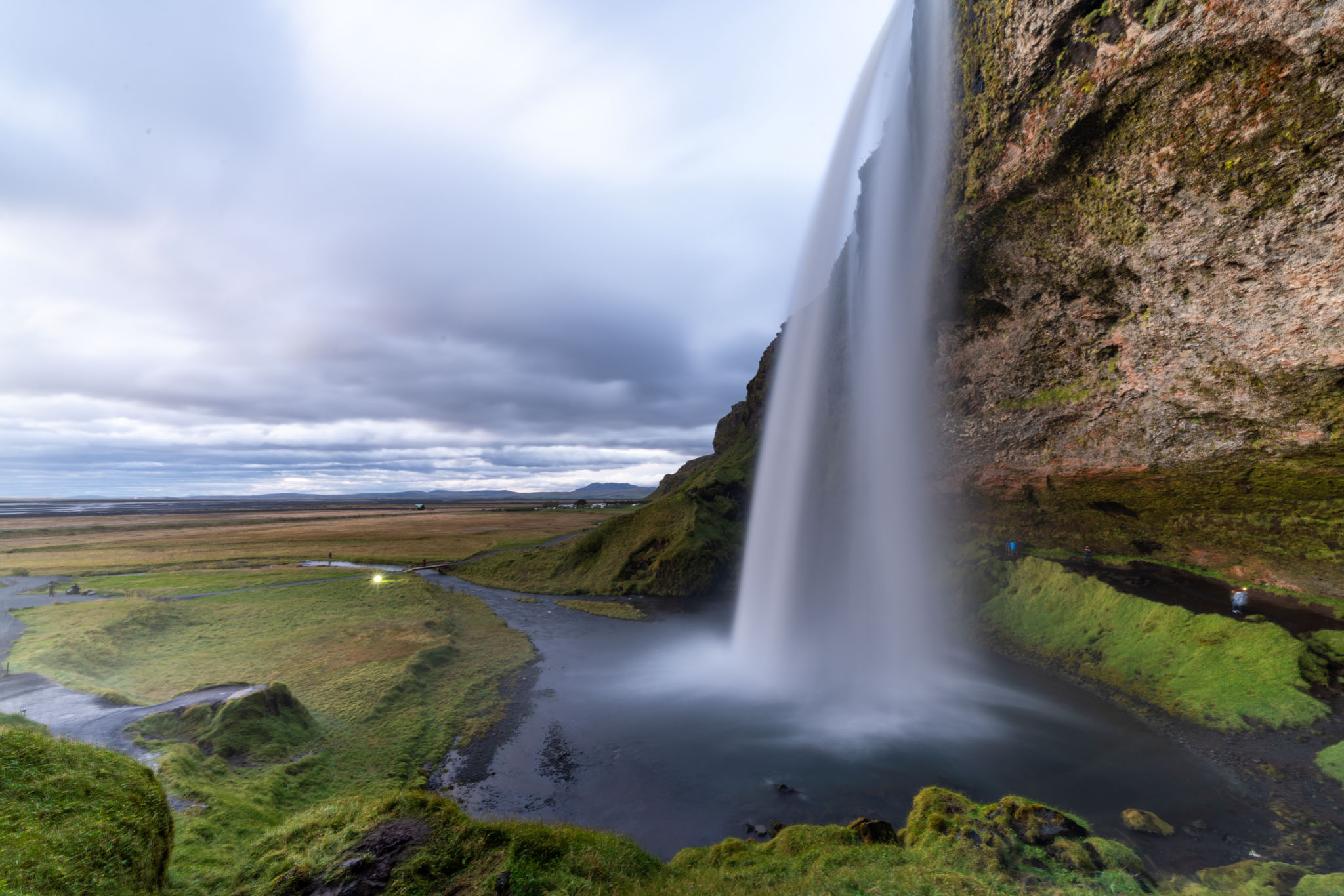
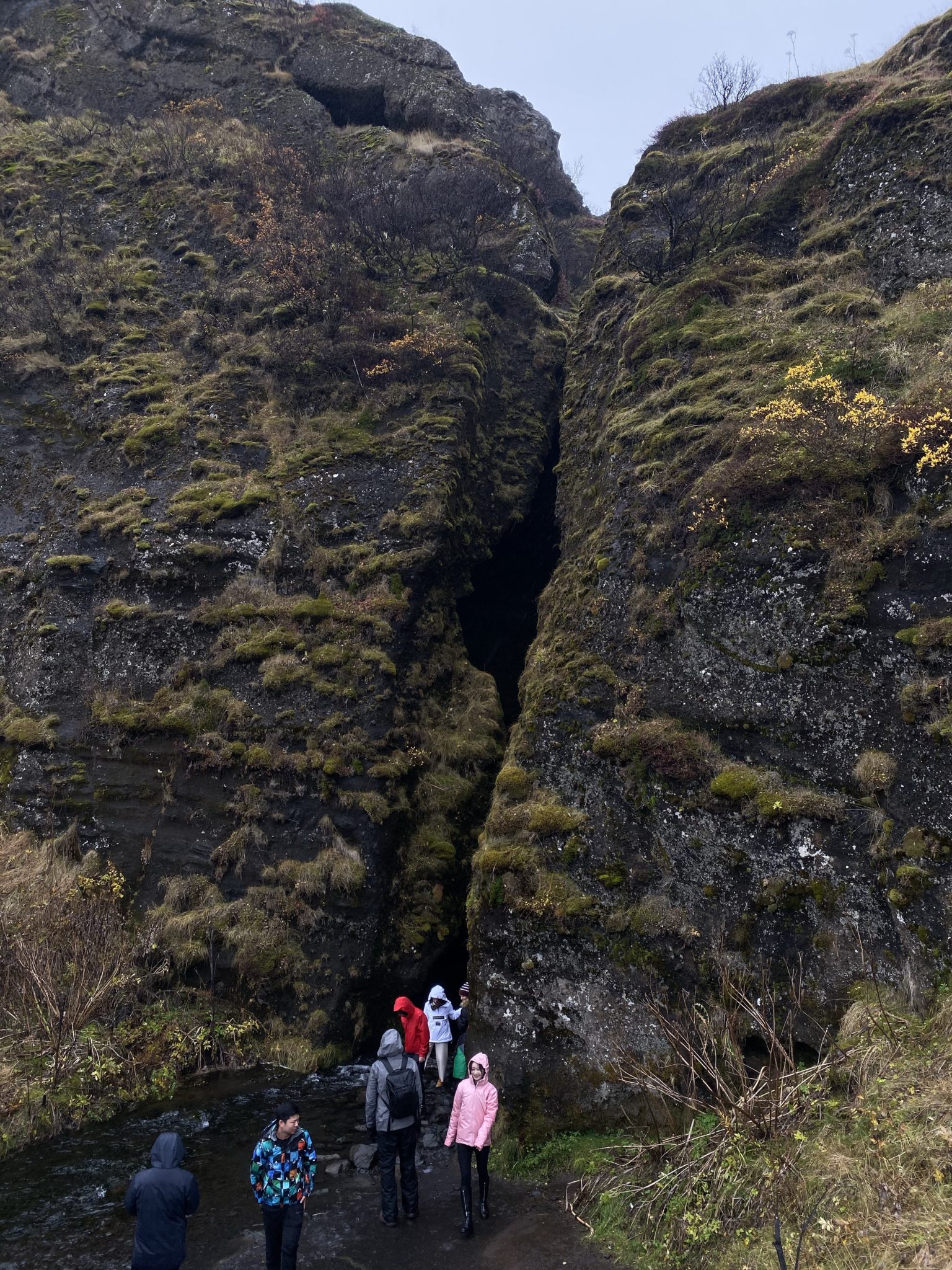
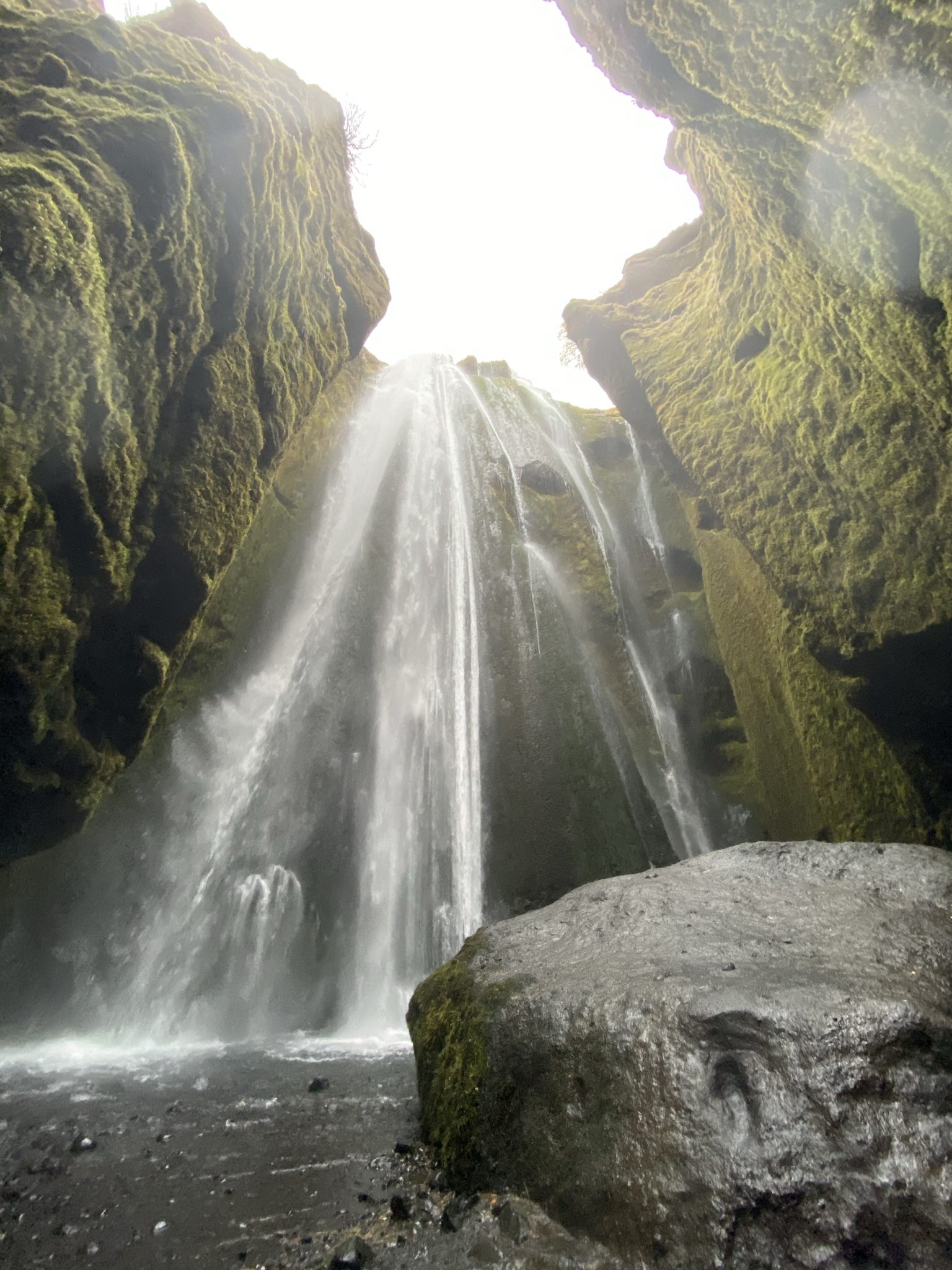

Really lovely guide. Thank you for the incredibly detailed maps and gorgeous photos! I spent 3 days there and it wasn’t enough. I look forward to going back with your recommendations!
Do you happened to have a copy of this Word?